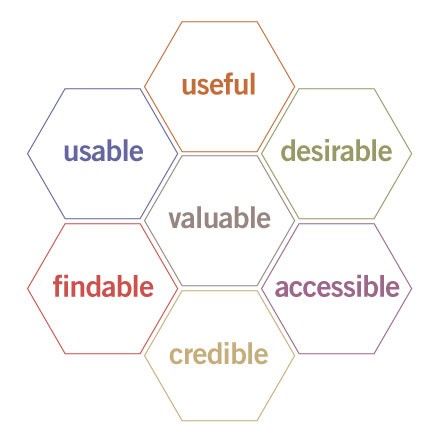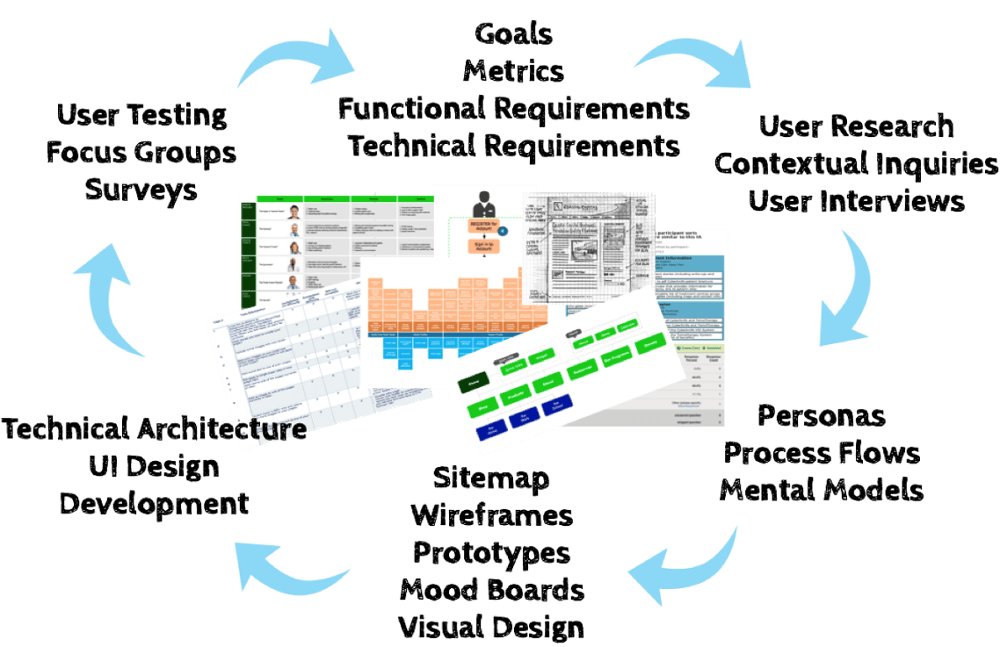Why (And How) You Should Treat Your Digital Content Like a Product
As the majority of content transitions from the page to the screen, one of the biggest hurdles is how to conceptualize digital content, if not as an “eBook.” Digital content can function quite differently than a printed book–both in the reading experience and the modes of distribution–and it’s puzzling that we often think of it as a mere digital replica. Or, as Inkling CEO Matt MacInnis put it, “We don’t think about cars as ‘gasoline versions’ of horses, so it’s odd that we talk about ‘digital versions’ of books.”
Instead, in an age when your readers turn to Google more often than they do their textbooks, the digital content that will ultimately win out is likely to be more than just an “eBook”. In fact, it will probably be an entirely new kind of product. Successful digital content sells because because it offers an experience that readers can’t get anywhere else, not simply because the information has been made available online. This means that content creators should think of their digital content like a product that, just like all products, can benefit from user experience (UX) design methodologies.
To help usher content creators into the world of product design, I’ll talk about UX design and how it applies to content creation. While great content will always require editorial expertise, thinking like a product designer will help content creators produce user-friendly content and, ultimately, a better product.
User Experience 101
To offer an engaging, intuitive user experience, all design decisions should be based upon the needs and wants of users. Understanding those needs and wants means committing to the product development cycle, which is an iterative, agile process driven by the validation of key hypotheses. Within the product development cycle, UX practices help us define the constraints and characteristics of the product, or in this case, the digital publication. Much like writing, UX is a holistic, non-linear process that grows organically through a series of revisions.
 Above, Peter Morville’s user experience honeycomb details the key ingredients for a valuable user experience.
Above, Peter Morville’s user experience honeycomb details the key ingredients for a valuable user experience.
Integrating UX into your organization
No matter the size of your organization, you should integrate UX into your content creation plan. This may seem daunting, but UX doesn’t require a whole new method of creation; rather, it should be part of the larger publishing process. Just as software companies understand the importance of having UX designers on hand, so too do organizations need to consider inviting UX designers into the fray as part of a cohesive content creation team. In the meantime, your authors and designers can take small steps toward incorporating UX design into their own responsibilities:
Authors: Authors should always ask, “Who am I writing for, and what do I want them to get out of this experience?” It’s their job to think of audience, genre, and narrative point of view.
Designers: Designers should always ask, “Who am I designing for, and what do I want them to get out of this experience?” They should look at business goals, the users, and interactions and features.
As you create content, every person should work toward design choices that comply with the messages you want to convey and, more importantly, the experience you want to provide.
To learn more about creating successful digital content, watch our webinar on the 5 must-ask questions to address before starting your next digital content project.
 Above, a standard model of UX design for the web.
Above, a standard model of UX design for the web.
Testing your UX design
For great content with sound user design, test early and often. Don’t wait for feedback until after you’ve shipped a complete, error-free digital publication–this is time-consuming and expensive. Instead, gather feedback as you go, showing users as little of your content as you can in order to get an understanding of what is working at what it not. When conducting user research, here are some content-specific aspects to test for:
- Navigation: You can use click-tests to tell if users know how to navigate through your content
- Usage: Analytics will tell you if your fancy interactive widget is actually being used (and interviews will help determine why not)
- Engagement: Reviewing user time spent on a page and page completion will help you see where users get stuck in your content. That way, you can pinpoint the exact location of the issue and correct it
The bottom line:
When producing great digital content, writers and editors will always be part of the equation. But in addition to well-written content, it’s important to consider your end-user experience and how to make an exceptional product. This requires a product designer’s mindset (if not a product designer within your organization). With a focus on product and UX methodologies, your digital content will be much more than just a digital replica.
To learn how publishers can use Inkling Habitat to create exceptional digital content, request a demo from our sales team.
